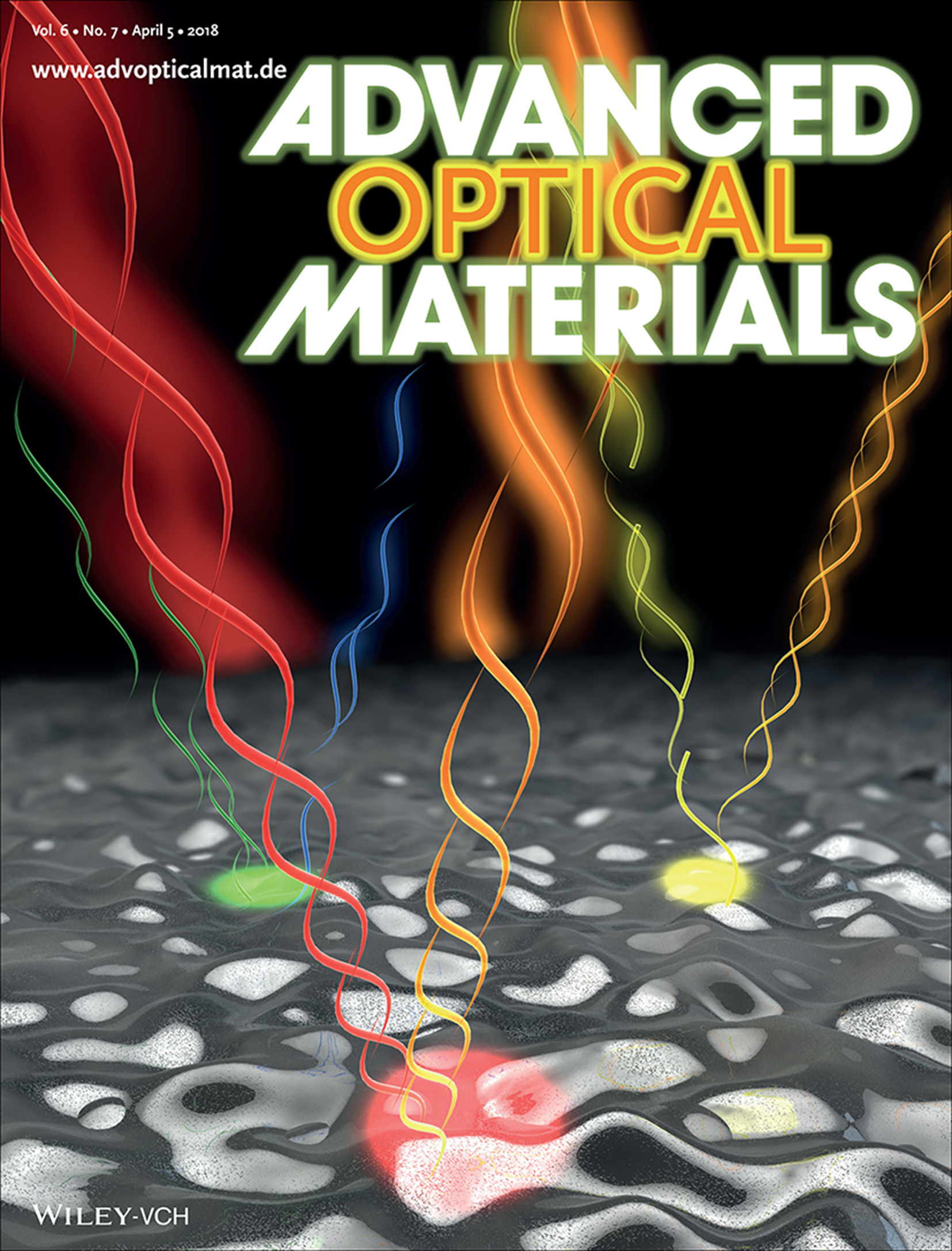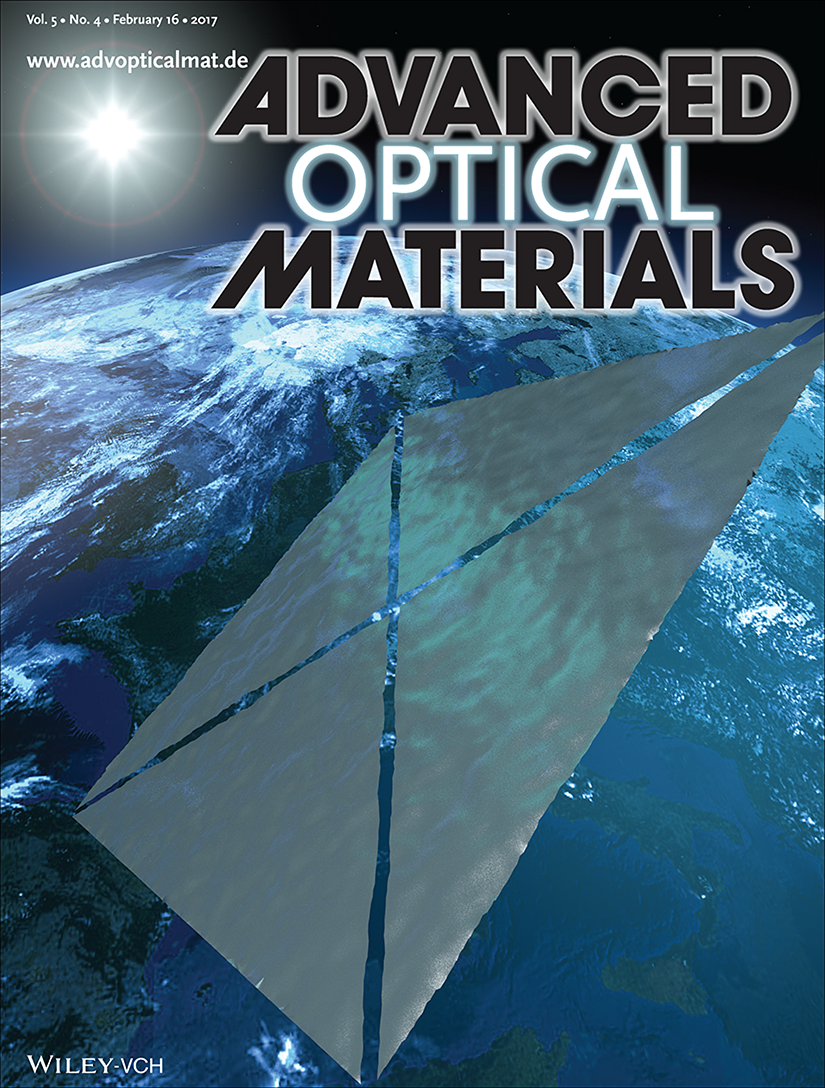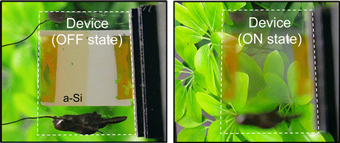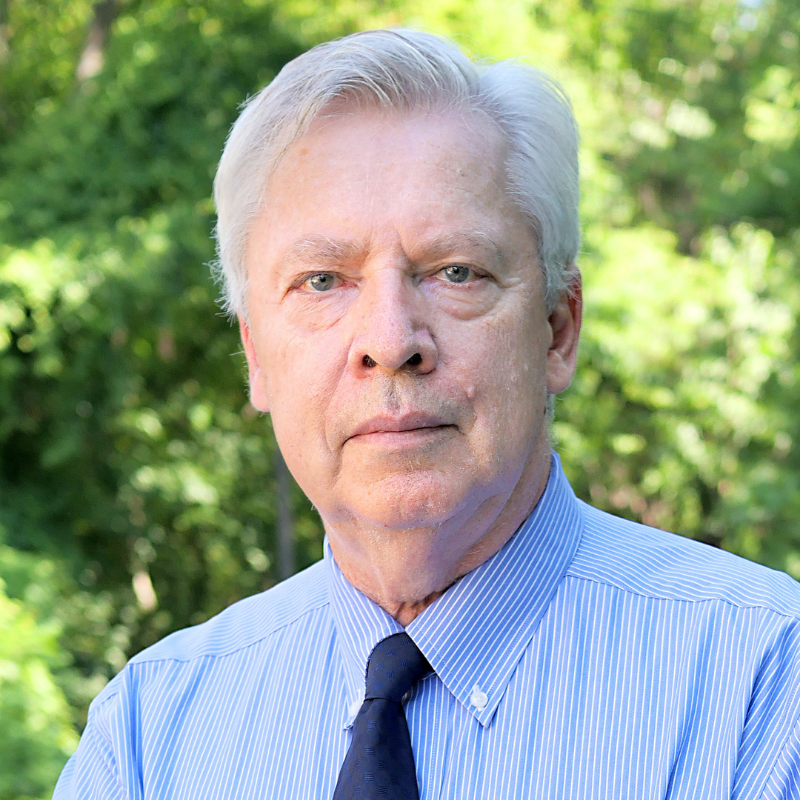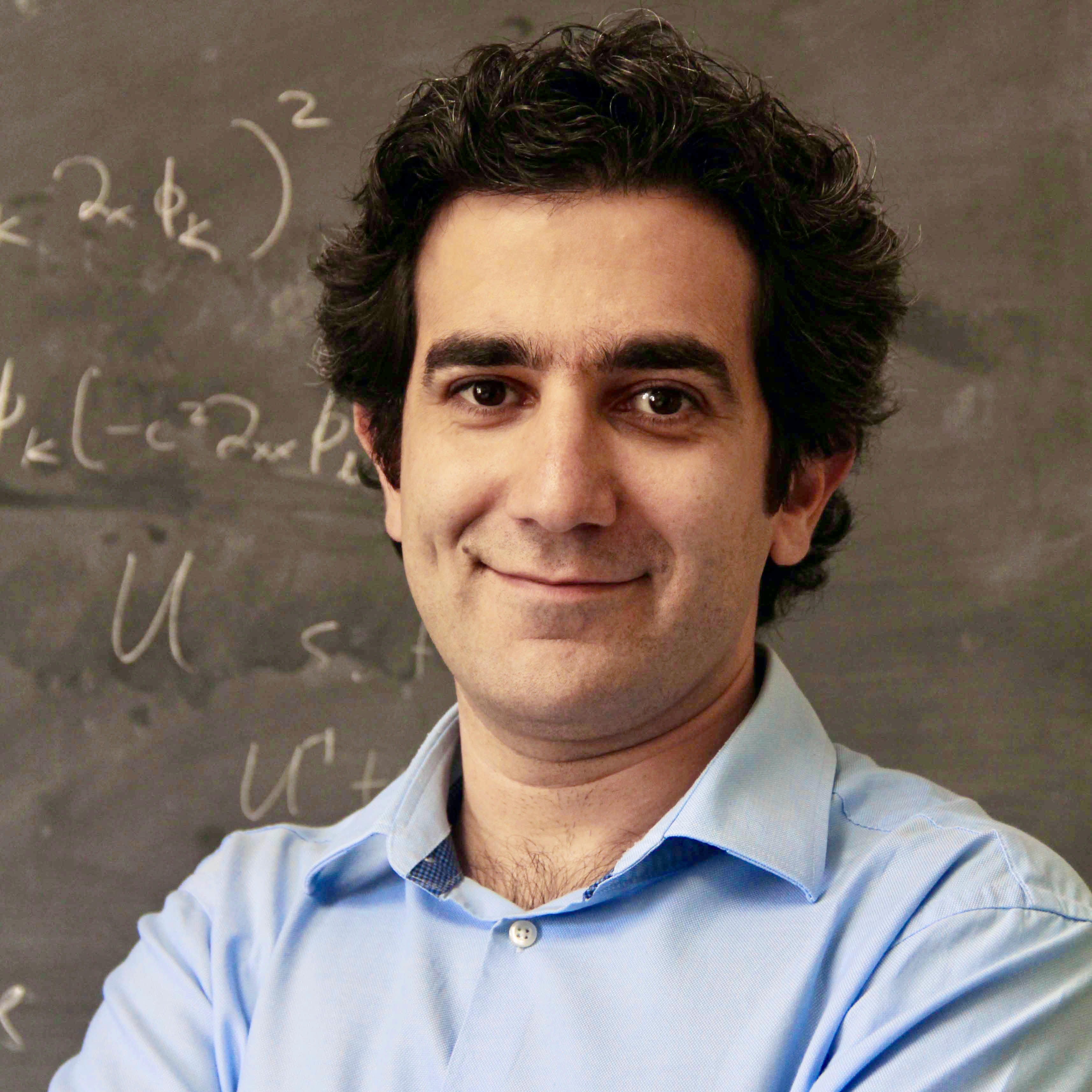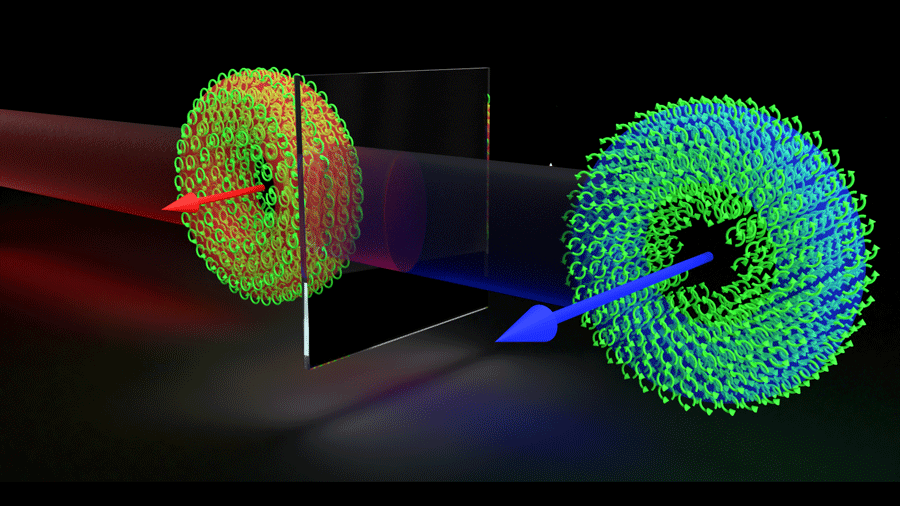News Story
Quantum Torque—Stronger Than Expected
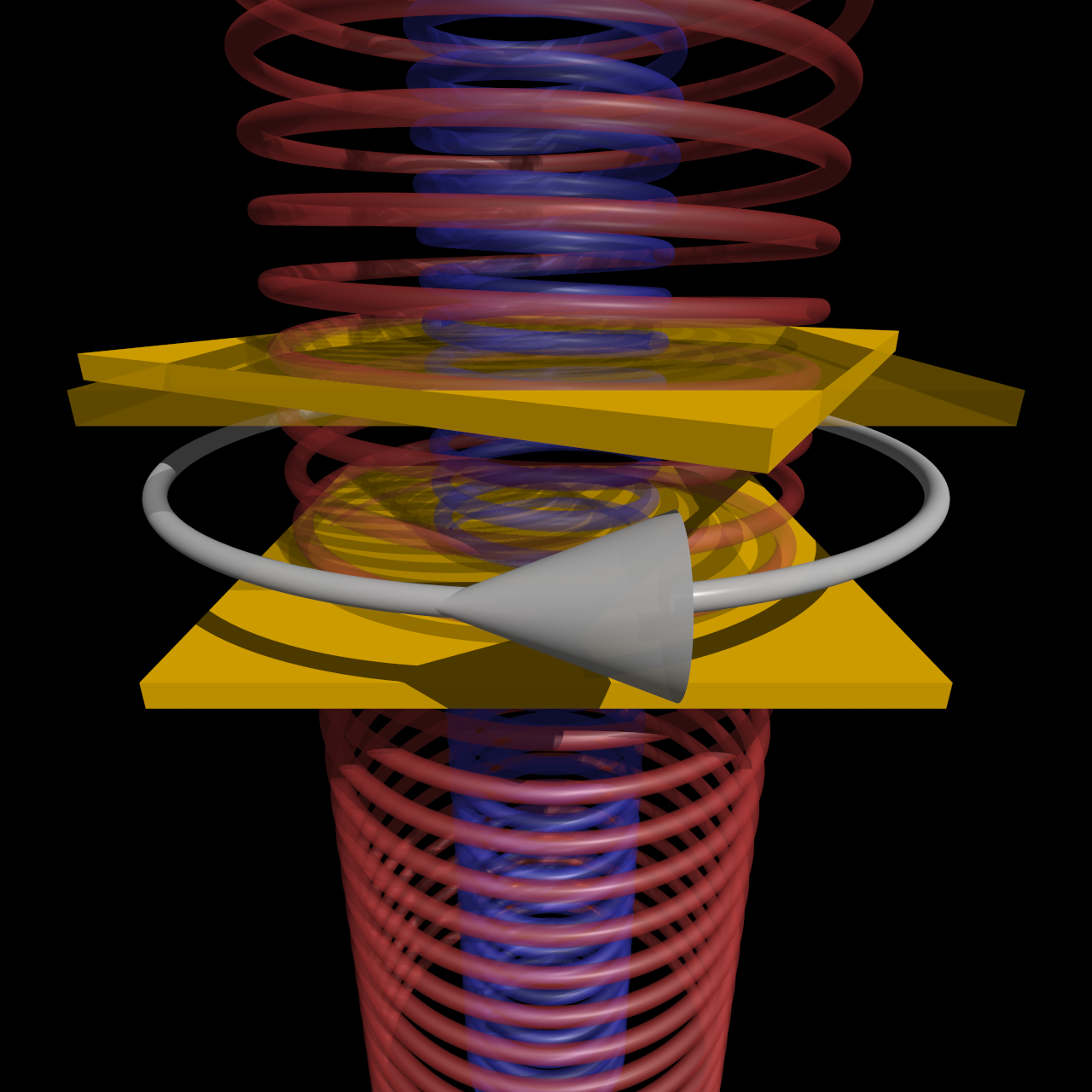
Casimir Torque
A paper co-authored by Prof. Jeremy Munday (ECE/IREAP) and graduate student David Somers (Physics/IREAP) has been published in the November 3rd issue of Physical Review Letters (PRL). The paper is titled, “Casimir-Lifshitz Torque Enhancement by Retardation and Intervening Dielectrics.”
Quantum fluctuations of the vacuum give rise to minute forces and torques between microscale objects. While the force usually decreases when the objects are placed in a fluid, researchers in Prof. Munday’s group at the University of Maryland, College Park have now predicted that the torque (or rotation) caused by these fluctuations can increase in this situation, making it more accessible to current experimental techniques.
The Casimir effect is a remarkable phenomenon that results in a force between two objects as a result of quantum fluctuations. This force is a special class of electromagnetic interactions between large objects that result not from a net charge, but from the coordinated movement of electrons within the materials. They can cause not only a pushing or pulling force, but also a twisting torque that induces rotate into a particular orientation. This torque is so weak that it has eluded direct measurement, but Somers and Prof. Munday have now shown that a few common assumptions might have previously backfired for researchers - putting the effect within reach. For one, it is often assumed that the torque is strongest when the “dancing electrons” are allowed communicate instantly. In fact, this assumption results in a severe underestimation of the torque. Also, the torque can be enhanced by filling the gap between the objects with a fluid instead of air, which is also counter-intuitive.
These results show that the torque can be much stronger than often imagined. Hopefully, this will lead to a direct measurement and even rotational control in microscopic devices. Their research is supported by the National Science Foundation under Grant No. PHY-1506047.
PRL is the world’s premier physics letter journal. It publishes short, high-quality reports of significant and notable results in the full arc of fundamental and interdisciplinary physics research.
Published November 6, 2017
